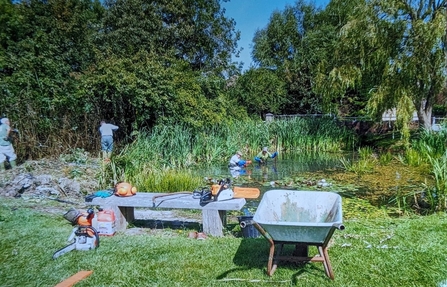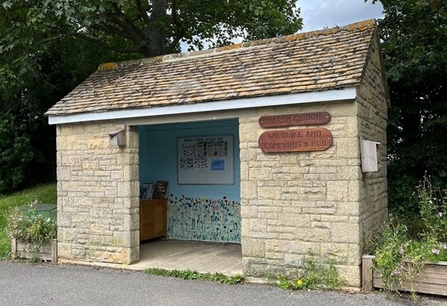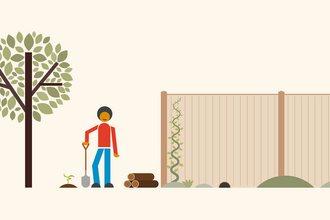As part of the feasibility study for Reconnecting the Bernwood, Otmoor and the Ray, we spoke to communities across the area about how they valued their local landscape. We met so many inspiring people, all taking action for nature in a variety of ways. For more information about the full community scoping project, please read our blog.
In Marsh Gibbon, members of the community are taking action for nature in all sorts of ways. What really stands out is that through the strong sense of community in the village, and the connection to their local landscape, so much is being done in the area.
I spoke with the chair of the Marsh Gibbon Horticultural Society, Peter Ferens, who has lived in the village for 50 years. We went round the village together and Peter showed me all the wildlife spots dotted throughout.
There is a real sense of nature running like a seam throughout Marsh Gibbon; it has three allotments and two ponds in the village and is surrounded mainly by pasture farmland.
This landscape is so valuable due to its rich and varied mosaic habitat, such as floodplain meadows and species-rich grassland. The variety of habitats means a wide range of species can be supported, which is why it’s vital that we support communities, farmers and all stakeholders in the area to conserve this precious landscape.
There is a farm in the village that has gone organic, and several farmers in the area help with the wildlife activities that take place. Peter told me that when the community pond group have waste from clearing the ponds, the farmers happily take the waste and add it to their compost piles.
It’s the strong sense of community in Marsh Gibbon that makes this happen so easily – it’s not merely that they have a good relationship with the farmers, it’s that they are all neighbours, and in a neighbourly fashion they help each other out.





